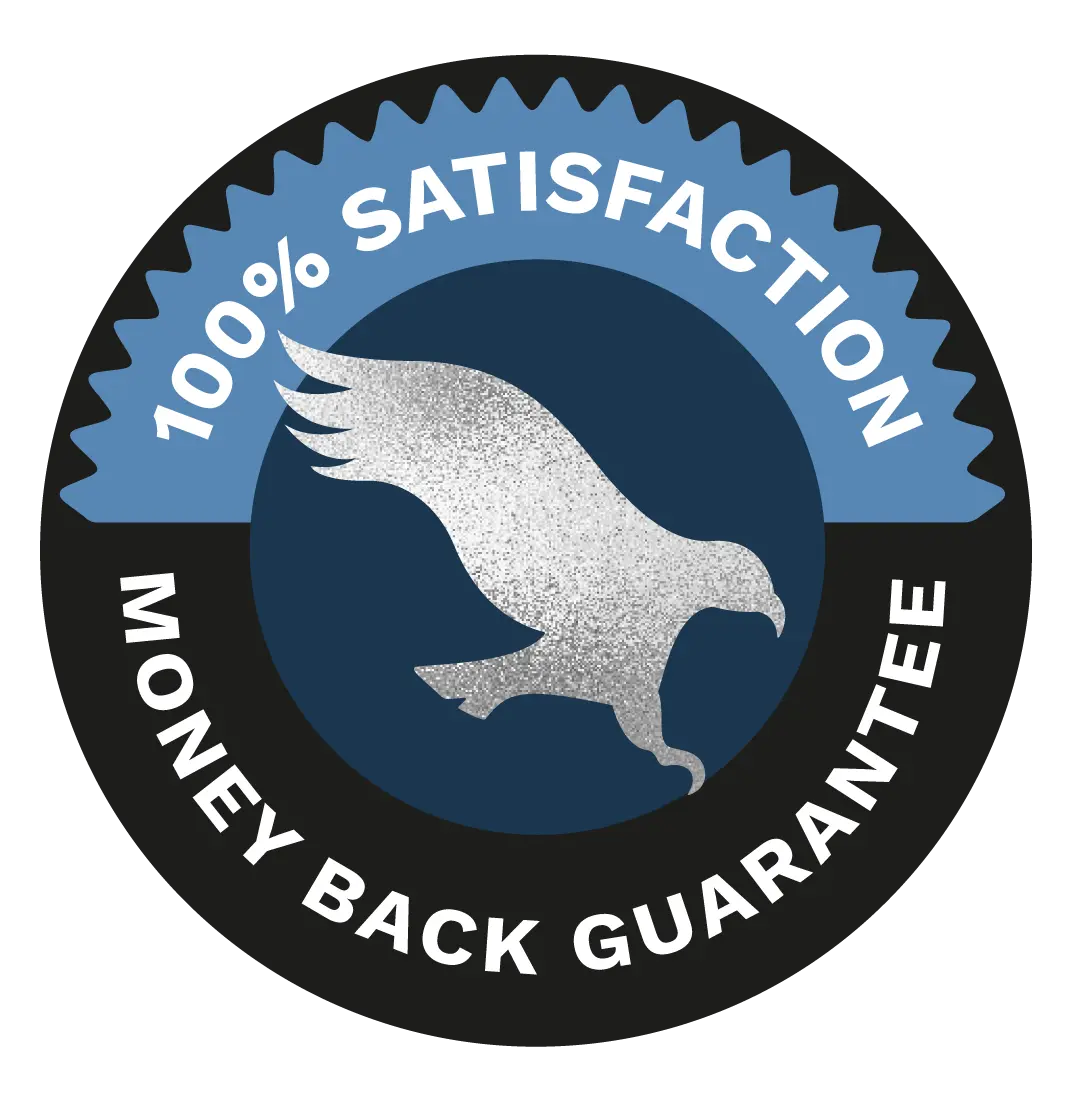The Arthroscopy programme will appeal to those small animal vets interested in developing their endoscopic skills to diagnose and treat joint diseases.
You will cover instrumentation for arthroscopy in small animal practice, identify normal arthroscopic anatomy, and diseases that can be diagnosed and managed with arthroscopy of the forelimb and hindlimb. This arthroscopy programme will also help you consider your patient assessment when considering anaesthesia and analgesia.
The programme will be delivered in our brand-new state-of-the-art training facilities in Swindon as a highly practical course based primarily in the wet lab with supporting lectures and discussions.
Before attending the programme, you will receive an online module comprising an introduction to arthroscopy. Then you’ll be able to use the latest equipment in the wet-lab facility to test your skills so you can feel confident in your clinical work.
What does this programme include?
This is an unparalleled and fascinating programme delivered by Pilar Lafuente DVM, PhD, Dip. ACVS/ECVS, MRCVS.
-
Receive valuable pre-course content online to be prepared for the face to face sessions.
-
Small group instruction allows time for questions and answers.
-
Meet like-minded vets, interact with Pilar Lafuente, and learn from the expert!
Who is this programme suitable for?
This programme is suitable for all veterinary surgeons, including those who have an ISVPS General Practitioner Certificate (GPCert) and/or Postgraduate Certificate awarded by Harper Adams University.
Hear what our delegates have to say
Don’t just take our word for it - our delegate feedback speaks for itself.
Key features of this programme
Four face to face modules
Based at our brand-new wet lab training facilities in Swindon, UK
40 hours CPD
Divided over five modules
Free book
Receive a copy of the book written by Tim McCarthy - ‘Veterinary Arthroscopy for the Small Animal Practitioner’ - a valuable reference tool post course
RCVS Knowledge Library Access
One year free access to the RCVS Knowledge Library
ISVPS Foundation Certificate (FCert)
The ISVPS Foundation Certificate (FCert) is suitable if you have gained an ISVPS General Practitioner Certificate (GPCert), or Postgraduate Certificate (PgC) as it provides a more detailed insight into subjects that may have been studied as part of a modular programme previously. It is also relevant to those vets looking for a stand-alone update in a chosen area of interest.
Four face to face modules
Based at our brand-new wet lab training facilities in Swindon, UK
40 hours CPD
Divided over five modules
Free book
Receive a copy of the book written by Tim McCarthy - ‘Veterinary Arthroscopy for the Small Animal Practitioner’ - a valuable reference tool post course
RCVS Knowledge Library Access
One year free access to the RCVS Knowledge Library
ISVPS Foundation Certificate (FCert)
The ISVPS Foundation Certificate (FCert) is suitable if you have gained an ISVPS General Practitioner Certificate (GPCert), or Postgraduate Certificate (PgC) as it provides a more detailed insight into subjects that may have been studied as part of a modular programme previously. It is also relevant to those vets looking for a stand-alone update in a chosen area of interest.
Programme details
Module Summary
01 - Veterinary Arthroscopy Techniques in Small Animal Practice
Learning Outcomes
- Recognise and describe the normal arthroscopic anatomy of the shoulder joint
- Recognise and describe the normal arthroscopic anatomy of the elbow joint
- Recognise and describe the normal arthroscopic anatomy of the radiocarpal joint
- Recognise and describe the normal arthroscopic anatomy of the hip joint
- Recognise and describe the normal arthroscopic anatomy of the stifle joint
- Recognise and describe the normal arthroscopic anatomy of the tibiotarsal joint
02 - Veterinary Arthroscopy Day One
Learning Outcomes
- Identify the telescopes commonly used in small animal arthroscopy
- Identify the hand instruments needed for small animal arthroscopy
- Identify the power equipment needed for small animal arthroscopy
- Identify the endoscopy tower components needed for small animal arthroscopy
- Revise how to:
- Collect a relevant case history from the owner
- Evaluate the patient to assess any gait alterations and lameness
- Perform palpation and manipulation of the forelimb and hindlimb to evaluate tendons, muscles, bones and joints
- Use additional diagnostic tools as appropriate to help assess the patient
- Formulate a treatment plan and communicate this to the owner
- List and describe the anatomic landmarks for placement of lateral, caudolateral and craniolateral portals of the shoulder
- Establish lateral, caudolateral and craniolateral portals for the shoulder joint
- Perform a complete examination of the shoulder joint
- List and describe the anatomic landmarks for placement of medial and craniomedial portals of the elbow
- Establish medial and craniomedial portals for the elbow joint
- Perform a complete examination of the elbow joint
- List and describe the anatomic landmarks for placement of craniomedial and craniolateral portals of the stifle joint
- Establish craniolateral and craniomedial portals for the stifle joint
- Perform a complete examination of the stifle joint
03 - Veterinary Arthroscopy Day Two
Learning Outcomes
- List and describe the anatomic landmarks for placement of a dorsal portal of the radiocarpal joint
- Establish a dorsal radiocarpal portal
- Perform a complete examination of the radiocarpal joint
- List and describe the anatomic landmarks for placement of a caudomedial and caudolateral portal of the tibiotarsal joint
- Establish a caudomedial or caudolateral portal for the tibiotarsal joint
- Perform a complete examination of the tibiotarsal joint
- List and describe the anatomic landmarks for placement of a dorsal portal of the hip joint
- Establish dorsal and craniodorsal portals for the hip joint
- Perform a complete examination of the hip joint
04 - Veterinary Arthroscopy Day Three
Learning Outcomes
- List and describe the conditions of the shoulder diagnosed and managed with arthroscopy, including osteochondrosis, bicipital tendon injuries, medial tendon and ligament injuries, and ununited caudal glenoid ossification centre
- Remove cartilage from the humeral head
- Remove cartilage from the medial humeral condylar ridge
- Perform a biceps tenotomy
- List and describe the conditions of the elbow diagnosed and managed with arthroscopy, including all the components of elbow dysplasia
- Perform a subtotal coronoidectomy
- List and describe the conditions of the radiocarpal joint diagnosed and managed with arthroscopy
- Evaluate the applications of arthroscopy in the diagnosis and management of cruciate ligament injuries
- Describe arthroscopic advantages for understanding and managing alternative causes of stifle dysfunction other than the cranial cruciate ligament injuries
- Transect the cranial cruciate ligament
- Remove cartilage from the medial femoral condyle
- Perform a caudal release of the medial meniscus
- List and describe conditions of the tibiotarsal joint amenable to diagnosis and management with arthroscopy, including osteochondrosis and fractures
- Evaluate the applications of arthroscopy for conditions of the hip joint including dysplasia
05 - Veterinary Arthroscopy Day Four
Learning Outcomes
- Describe the advantages and disadvantages of different anaesthetic monitoring techniques
- Understand the anaesthetic needs of the arthroscopy patient, with protocols for young healthy patients and older patient
- Consolidate practical skills in portal establishment and arthroscopic surgical techniques
Qualifications
Pricing
£2,999.00
£3,299.00Payment & VAT Information
1. Many of our courses come with deferred payment and instalment options. Click “Book Now” to see what’s available for this course.
2. All prices will be displayed exclusive of local sales tax.
Payment Terms & Conditions
Registration Information
100% Satisfaction
We're completely confident in the quality of our training and CPD. So much so that if you're not 100% satisfied with your certificate course, we'll give you a 100% refund. Just get in touch with us within 30 days of your start date and we'll sort the rest. T's and C's apply.
Find out moreOur Clinical Excellence Centre
Discover the new Improve Veterinary Education Clinical Excellence Centre featuring two surgical wet-lab training theatres and a radiology suite.
Find out more





